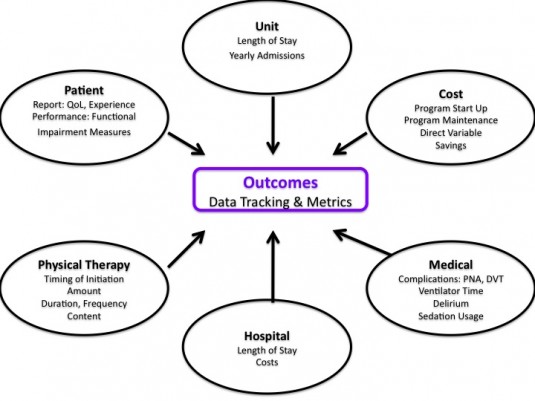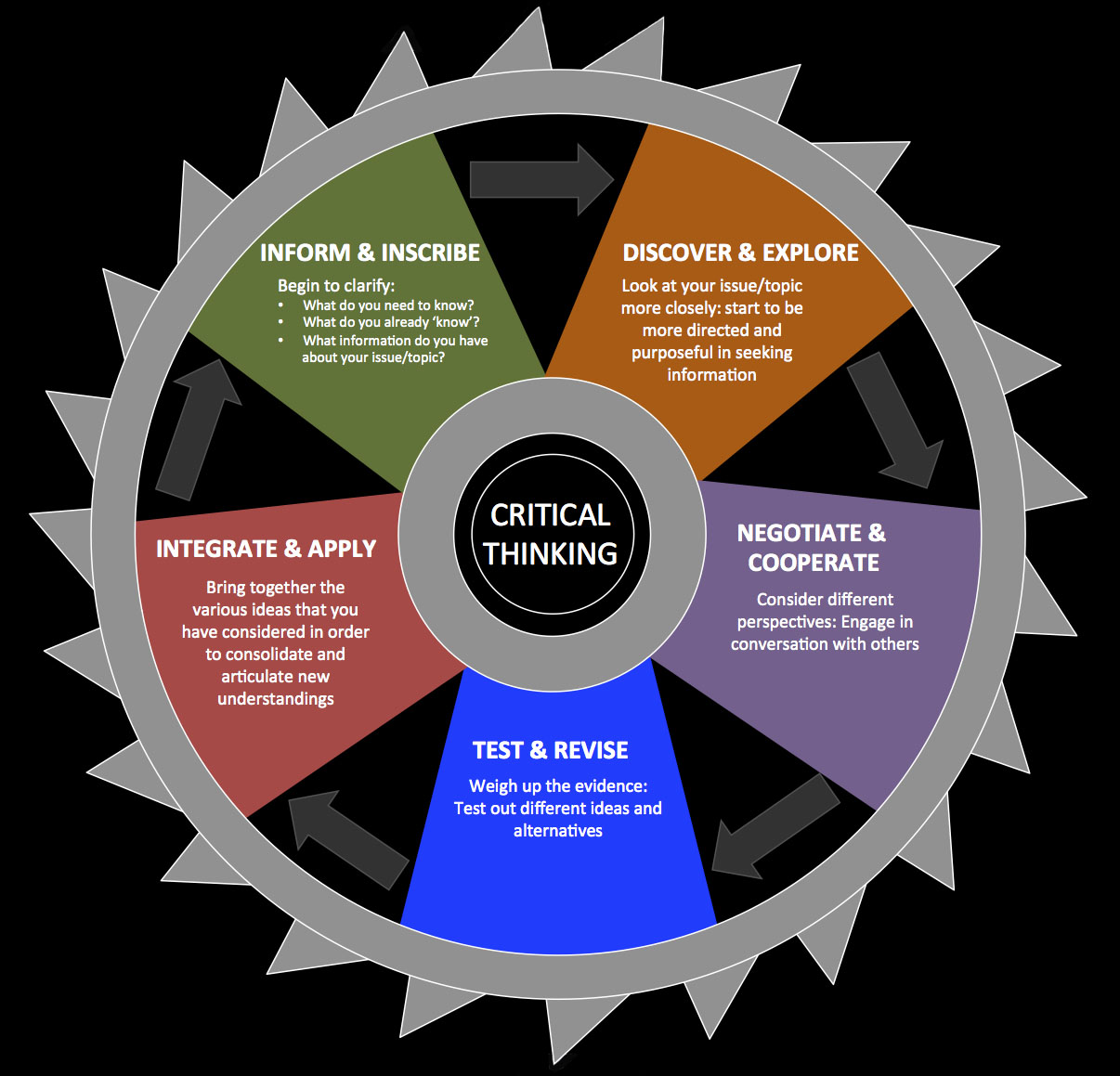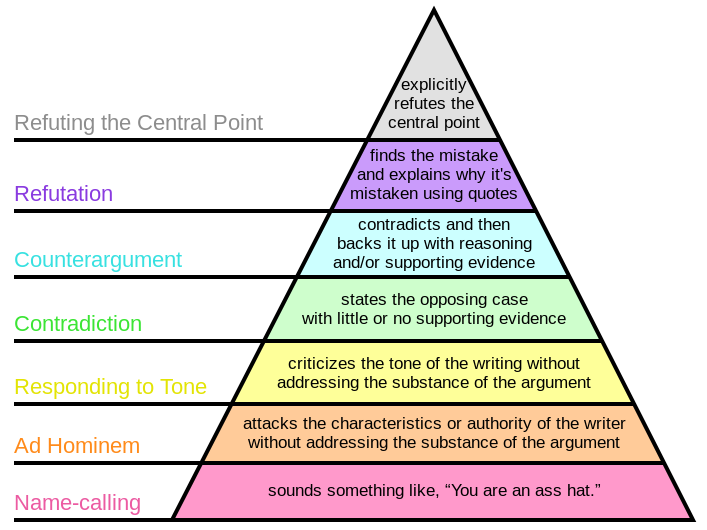What I couldn’t say – but wanted to – was the truth: I don’t care.
Seriously. I don’t. I can’t.
Keith P states “I don’t care.” And, I think he’s right. A certain type of detachment from the potential suffering and emotional struggles of patients is vital for a clinician. The ability to assess, analyze, and make proper decisions may be clouded if those treating are overly emotionally involved in the circumstances of those they treat. Further, shouldering the burden of the many unfortunate clinical, emotional, and social situations encountered within healthcare can easily leave one with a sense of hopelessness. It’s quite easy to succumb to pessimism and apathy when the grand scale of suffering, inequality, and just plain bad luck occupy the beds and treatment tables daily. But, is this ideal for patient interaction? What do patients prefer? Establishing and enhancing alliance, rapport, and an environment of care is necessary. An explicit connection with the patient is a precursor to, or maybe even the foundation of, the therapeutic process. Too far to one extreme and the risk is burnout. Too far to the other and the risk is a cold, distant clinician (and still burnout). As in anything, explicitly defining terms and concepts is helpful.
Definitions and Terms
Sympathy, empathy, compassion, and caring are connected concepts, but have differing definitions. And, specifically within healthcare these concepts require more specific exploration. While various, and vague, characterizations of sympathy exist within and outside of healthcare, for the sake of clarity sympathy generally centers around an emotional state of feeling. It can manifest as pity or sorrow for another, a common feeling, or a relationship in which that which affects one mutually affects the other. The simplest definition is entering into or sharing the feelings of another. Empathy, by contrast, is characterized by identification and understanding. But, empathy has been sub-characterized into two, or even three, separate conceptualizations: emotional (or affective), cognitive, and compassionate empathy. To complicate matters, compassion itself is an awareness of suffering of another and a desire to act in order to relieve it. Therefore, compassion is best understood as an action, or potential action. This desire and subsequent action may stem from both rationale and emotional sources.
Healthcare & Empathy: Emotional vs. Cognitive vs. Compassionate
Daneil Goleman briefly outlines and discusses the three (potentially) separate kinds of empathy. Empathy is founded upon understanding and identification which may include projecting ourselves (hypothetically) into another’s situations. And, it can happen emotionally and/or cognitively. Emotional empathy is the ability of a person to feel a similar emotion as another (which confusingly can be accomplished cognitively). Although this appears to mirror sympathy, sympathy is a sharing of emotion, or emotional state, feeling along with another. In contrast, cognitive empathy relates to recognizing, understanding, or even appreciating a person’s feelings. To be fair, the definitions of sympathy and empathy as well as cognitive verses emotional empathy appear to overlap. It seems they are, at times, used interchangeably. Specifically to healthcare, empathy is “a cognitive attribute that involves the ability to understand the patient’s inner experiences and perspective and a capability to communicate this understanding,” Many in healthcare education recognize IQ and didactic skill are only a portion of the ideal clinician equation. The ability to understand and perform within the above constructs relates to emotional intelligence. And, “…empathy, as defined here, must be included in the curriculum. It is a powerful communication tool that enables a clinician to clearly express his or her understanding of another’s suffering while protecting his or her own psychological integrity.”
Do you have to care to be caring in your practice?
A major issue in health care professions generally, but therapy specifically, is mistaking the necessity of cognitive empathy for a requirement to sympathize and feel with patients. Front line clinician burn out is in part due to an understandable inability to sympathize with every patient, and the resulting cold, concrete distance that can result in situations when sympathy is not feasible. Whether clinician fatigue, a need for emotional distance, or carryover from the patient before feeling the emotions, sympathizing, and providing pity to every patient is likely not possible. And, probably not effective. The issue is likely further clouded by a lack of understanding regarding the differences of sympathy and empathy. I don’t ever remember learning about this stuff. But, it’s vital. The concept of objective empathy grossly changed how I approach patient interactions. Patients and practitioners report “compassionate care” is important to successful medical treatment. So, what’s to be done?
The role of the clinical instructor is paramount in helping students to become aware of behaviors that can block empathy. We can no longer simply hope that our students will become mature professionals with compassion and empathy for patients. We must create experiences to develop these attributes, and we must take responsibility for modeling these behaviors and reflecting on them with students, to raise their consciousness about the nature of a mature healing presence.” The art of healing is, in part, made up of a therapeutic use of oneself or a therapeutic presence for patients. This presence is more than knowledge and skill alone; it is also composed of a compassionate understanding of the patient and a communication that the therapist is worthy of the trust that the patient has bestowed. Empathy enhances the therapist’s therapeutic presence and deepens the patient practitioner interactions without fear of losing one’s self in the process. This shared meaning seems to enhance the patient’s process of healing. Carol Davis, Can Empathy be taugh? PTJ, 1990
To the observer I’m sure it appears I do care, and care deeply. But, in the end Keith, you’re right. I don’t care. And, I don’t need to. Does that mean I never engage with patients on an emotional level? That patient’s circumstances never affect me? That I never feel a connection, or shared emotional states with a patient? Or, a powerful emotional response during the course of treatment? Of course not. It happens. And, that’s OK. But, we don’t need to strive for it. Someone inquired to Keith “I wonder if being detached from our patient makes for a better clinician… Any thoughts?” He responded:
A therapist needs an appropriate amount of attachment for success, but that attachment, I reason, needs to be to a high professional standard of care, not the patient’s outcomes themselves.
You don’t need to sympathize to provide appropriate empathy. You don’t need to care to be caring. You don’t need to feel the emotions of your patients to address the emotions they feel.
When I freed myself from the responsibility for the “outcome” of the clinical encounter, something interesting happened. I freed my patients from blame, also. –Jason Silvernail
It’s important to care, but maybe not in the assumed emotional involved ways. And, I think we should not apologize for claiming not to care. I’m still, I think, a caring clinician. I just don’t make a point of feeling pity for the suffering I encounter. I am passionate, empathetic, and hopefully a thoughtful interactor.
…an older relative of mine who has cancer is going back and forth to hospitals and rehabilitation centers. I’ve watched him interact with doctors and learned what he thinks of them. He values doctors who take the time to listen to him and develop an understanding of his situation; he benefits from this sort of cognitive empathy. But emotional empathy is more complicated. He gets the most from doctors who don’t feel as he does, who are calm when he is anxious, confident when he is uncertain. And he particularly appreciates certain virtues that have little directly to do with empathy, virtues such as competence, honesty, professionalism, and respect. –Paul Bloom, Against Empathy
We need to be able to treat our patients, all of them, and still function in our own lives. If not, we risk riding the roller coaster of sympathy and pity in clinic at the potential expense of engaging emotionally in our personal lives. It’s a bad outcome all around. Our patients need us to understand, interact, and guide them along the best possible course of recovery. So, whatever we call it, put your pity aside. I’m not sure our patients want it anyway. Be resilient. You don’t need to care to provide compassionate care. Our patients need us to listen, but also to initiate difficult, honest conversations.
Credit: https://practicepath.com/advancedmd-pm-and-ehr-services-and-solutions/










